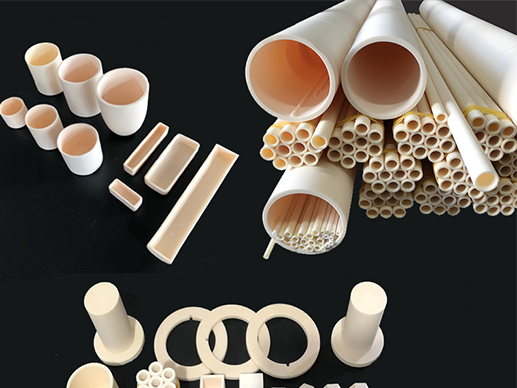Technical Ceramics Alumina

In the realm of advanced materials, technical ceramics have garnered significant attention due to their exceptional properties and wide-ranging applications. Among these, alumina (Al₂O₃) stands out as a prominent and versatile material, revolutionizing various industries with its unique characteristics. This article delves into the burgeoning role of alumina in the world of technical ceramics, highlighting its advantages, applications, and future prospects.
Advantages of Alumina
Alumina, also known as aluminum oxide, is renowned for its impressive mechanical properties. One of its key advantages is its exceptional hardness, which makes it highly resistant to wear and abrasion. This attribute is particularly valuable in industries where components are subjected to harsh operating conditions, such as mining and manufacturing. Additionally, alumina boasts a high melting point, around 2072°C, making it suitable for high-temperature applications.
Another noteworthy property of alumina is its electrical insulation capability. It exhibits excellent dielectric properties, which are crucial for electronic and electrical applications. Moreover, alumina is chemically inert, providing resistance to most acids and alkalis. This chemical stability extends the lifespan of alumina components in corrosive environments, further cementing its status as a reliable material.
The applications of alumina are diverse and expanding, reflecting its versatility. In the medical field, alumina is used to manufacture prosthetic joints and dental implants due to its biocompatibility and wear resistance. These properties ensure longevity and reliability, improving patient outcomes significantly.
In the electronics industry, alumina serves as a substrate for integrated circuits and electronic components. Its electrical insulation and thermal conductivity help manage heat dissipation, ensuring the efficient performance of electronic devices. Additionally, alumina's high dielectric strength makes it a preferred material for high-voltage insulators and other electrical components.
Alumina also plays a pivotal role in the production of cutting tools and abrasives. Its hardness and thermal stability make it ideal for machining operations, where precision and durability are paramount. Furthermore, alumina is employed in the manufacturing of refractory materials used in furnaces and kilns, owing to its ability to withstand extreme temperatures without degradation.
The demand for alumina continues to grow, spurring innovations aimed at enhancing its properties and expanding its applications. Researchers are exploring the development of advanced alumina composites, combining alumina with other materials to achieve tailored properties. For instance, the incorporation of zirconia can improve the toughness of alumina, addressing one of its traditional limitations.
Moreover, advancements in manufacturing techniques, such as additive manufacturing and nanotechnology, are poised to revolutionize the production of alumina components. These techniques enable the fabrication of complex geometries with high precision, broadening the scope of applications for alumina in industries ranging from aerospace to biomedical engineering.
The environmental sustainability of alumina is also garnering attention. Efforts are underway to optimize the production process, reducing energy consumption and minimizing environmental impact. The recyclability of alumina-based products further enhances their appeal in a world increasingly focused on sustainable practices.

